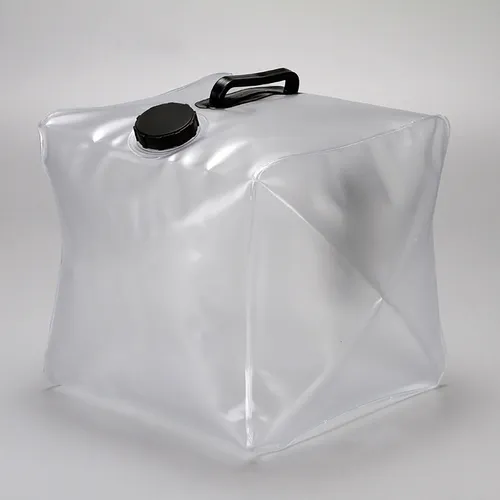
Water bladders, also known as flexible storage bladders or collapsible water bags, are specialized containers designed to store, transport, and dispense liquids efficiently. Unlike rigid tanks, water bladders are made of flexible polymer materials that allow them to collapse when empty, saving space and facilitating portability. They are widely used in emergency water storage, military operations, outdoor recreation, and industrial applications where temporary or mobile liquid storage is required. Their adaptability, lightweight design, and ease of deployment make them an essential component in various industries.

The importance of water bladders lies in their versatility and practicality. In areas with limited access to clean water or where large, rigid tanks are impractical, water bladders provide a cost-effective and flexible solution. For industrial users, such as chemical plants or agricultural operations, water bladders enable safe storage and controlled dispensing of liquids without requiring permanent infrastructure. Additionally, their lightweight and collapsible nature allows for easy transportation, reducing logistical costs. Safety, durability, and hygiene are critical factors in their design, ensuring that the stored liquids remain uncontaminated and secure.
Material selection is a critical step in water bladder production, as it directly affects durability, flexibility, and chemical resistance. Common materials include:
Thermoplastic Polyurethane (TPU): Known for excellent elasticity, puncture resistance, and chemical stability, TPU is often used for high-end water bladders intended for harsh environments.
Polyethylene (PE): Lightweight and cost-effective, PE is ideal for large-volume storage where moderate flexibility and chemical resistance are sufficient.
Composite Laminates: Multi-layer laminates combine different polymers to achieve improved barrier properties, UV resistance, and mechanical strength.
Material choice depends on the intended application, storage duration, and environmental conditions. For example, bladders designed for potable water require food-grade TPU or PE, whereas industrial chemical storage may use reinforced laminates with higher chemical resistance.
Bag-making machines are central to the water bladder manufacturing process. Modern production lines integrate automation, precision cutting, and welding to ensure consistent quality and high throughput. Key roles include:
1. Cutting and Shaping: Automated cutting systems use CAD templates to accurately shape the bladder panels from raw materials, minimizing material waste.
2. Sealing and Welding: Heat sealing, RF welding, or ultrasonic welding machines join the bladder panels securely, ensuring leak-proof seams.
3. Inspection and Testing: Advanced bag-making lines integrate visual inspection systems to detect material defects, seam integrity, and potential leakage points.
4. Efficiency and Scalability: Automation reduces human error, increases production speed, and allows manufacturers to scale operations while maintaining consistent quality.
These machines allow manufacturers to produce complex bladder shapes, including those with integrated outlets, ports, or reinforcement layers, which would be difficult to achieve manually.
Ensuring high-quality water bladders requires a combination of material selection, precise manufacturing, and rigorous quality control. Mingli focus on several critical factors:
Material Testing: Verifying polymer quality, thickness, and chemical resistance before production.
Seam Strength: Conducting burst and tensile tests to ensure welded seams can withstand intended pressures.
Leak Testing: Using air or water pressure tests to detect pinholes or weak spots.
Environmental Resistance: Assessing UV, temperature, and chemical stability for outdoor or industrial applications.
Process Optimization: Maintaining consistent welding temperatures, alignment, and tension during automated production.
Compliance and Certification: Following industry standards for potable water storage or industrial liquid handling, depending on application.
By implementing these measures, manufacturers can produce water bladders that are durable, reliable, and safe for a wide range of applications, while minimizing material waste and production defects.
A well-designed water bladder production line integrates careful material selection, advanced bag-making machinery, and thorough quality control. From raw polymer sheets to finished, leak-proof products, every step of the process affects the final performance. Manufacturers who understand these factors can produce bladders that meet diverse industry needs efficiently, ensuring both customer satisfaction and operational reliability.
ML-600 Water Bladder, Stacking Barrel 3D Liner Bag Intelligent Bag Making Machine
Specifications:
|
Applicable Materials |
All heat sealing materials, including pure PE |
|
Material size |
Film width: 650mm; Roll diameter: 700mm |
|
Bag size |
The longest is 800mm per double; Maximum width 600mm; Maximum height is 600mm |
|
Fuselage size |
23000mm*2300mm*2300mm |
|
Fuselage weight |
9t |
|
Bag-making speed |
16pcs/min |